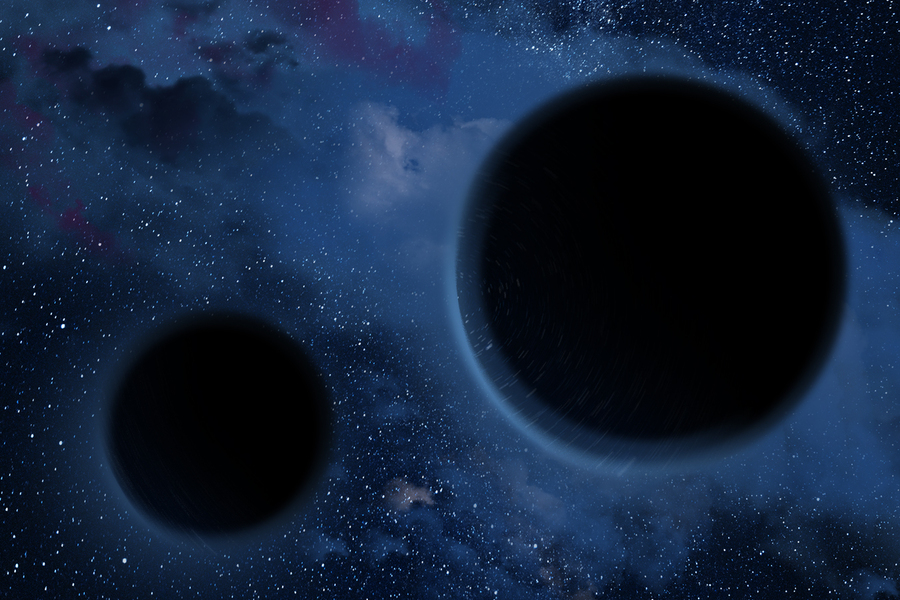
An intermediate-mass black hole lurking undetected in a dwarf galaxy revealed itself to astronomers when it gobbled up an unlucky star that strayed too close...
Read More

An intermediate-mass black hole lurking undetected in a dwarf galaxy revealed itself to astronomers when it gobbled up an unlucky star that strayed too close...
Read More
While black holes and toddlers don’t seem to have much in common, they are remarkably similar in one aspect: Both are messy eaters, generating ample evidence that a meal has taken place.
But whereas one might leave behind droppings of pasta or splatters of yogurt, the other creates an aftermath of mind-boggling proportions. When a black hole gobbles up a star, it produces what astronomers call a “tidal disruption event...
Read More
On Sept. 9, 2018, astronomers spotted a flash from a galaxy 860 million light years away. The source was a supermassive black hole about 50 million times the mass of the sun. Normally quiet, the gravitational giant suddenly awoke to devour a passing star in a rare instance known as a tidal disruption event. As the stellar debris fell toward the black hole, it released an enormous amount of energy in the form of light.
Researchers at MIT, the European Southern Observatory, and elsewhere used multiple telescopes to keep watch on the event, labeled AT2018fyk...
Read More
Using telescopes from the European Southern Observatory (ESO) and other organisations around the world, astronomers have spotted a rare blast of light from a star being ripped apart by a supermassive black hole...
Read More
Recent Comments